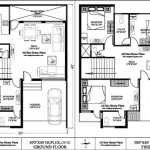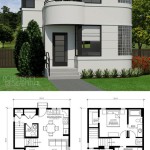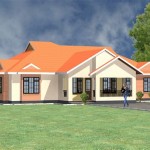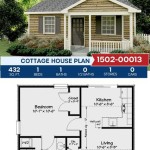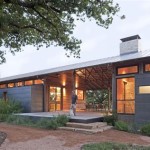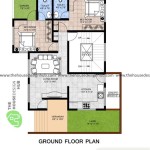House Plans and Elevation Images: A Comprehensive Guide
Understanding the relationship between house plans and elevation images is crucial for anyone embarking on a home building or renovation project. These two components provide a visual representation of the intended structure, offering a detailed preview before any physical construction begins. They serve as vital communication tools between architects, builders, and homeowners, ensuring everyone is on the same page.
House plans, also known as blueprints, are a set of drawings that detail the proposed layout and dimensions of a house. They provide a bird's-eye view, outlining the positioning of walls, doors, windows, and other architectural elements. These plans typically include several different views, such as floor plans for each level, foundation plans, and roof plans. Detailed specifications regarding materials, dimensions, and construction techniques are also often included.
Elevation images, on the other hand, offer a different perspective. They depict the exterior facades of the house as if viewed straight on. Essentially, they are two-dimensional representations of the finished exterior walls. Elevation drawings typically show the front, back, and sides of the house, showcasing the height, width, and architectural features such as windows, doors, rooflines, and exterior finishes.
The combined use of house plans and elevation images provides a comprehensive understanding of the proposed structure. While floor plans focus on the internal arrangement and flow, elevation drawings illustrate the external aesthetic and how the house will interact with its surroundings. This complete picture enables homeowners to visualize the finished product and make informed decisions throughout the design and construction process.
There are several different types of elevation drawings, each serving a specific purpose. The most common are front, rear, and side elevations. A front elevation shows the view of the house from the street, highlighting the main entrance and overall architectural style. The rear elevation depicts the back of the house, often showcasing outdoor living spaces or unique design elements. Side elevations illustrate the sides of the house and are crucial for understanding the building's depth and profile.
In addition to these standard elevations, there are also sectional elevations. These drawings cut through a portion of the house to reveal its internal structure and the relationship between different levels. They are particularly useful for understanding complex rooflines, ceiling heights, and the integration of architectural details.
Modern technology has significantly impacted the creation and utilization of house plans and elevation images. Computer-aided design (CAD) software allows architects and designers to create detailed and accurate drawings with ease. These digital files can be easily shared and modified, facilitating collaboration and streamlining the design process. Furthermore, 3D modeling software can generate realistic renderings of the proposed house, providing an even more immersive visualization experience.
Choosing the right house plan and elevation is a crucial step in the home building process. Factors such as lot size, lifestyle needs, and aesthetic preferences should all be considered. Working closely with an architect or designer can help homeowners navigate the various options and select a plan that meets their specific requirements. They can offer expert advice on optimizing space, maximizing natural light, and creating a design that complements the surrounding environment.
Accessing pre-designed house plans and elevation images is easier than ever before. Numerous online resources offer a vast library of plans to browse and purchase. These resources often allow users to filter their search based on specific criteria such as square footage, number of bedrooms, architectural style, and budget. This readily available access to a diverse range of designs can be a valuable starting point for homeowners seeking inspiration and exploring different possibilities.
When reviewing house plans and elevation images, attention to detail is essential. Carefully examine the dimensions, layout, and architectural features to ensure they align with your vision and practical needs. Consider the flow between rooms, the placement of windows and doors, and the overall aesthetic appeal. Visualizing how you will live and function within the space is crucial for making informed decisions and ensuring the final product meets your expectations.
The importance of house plans and elevation images cannot be overstated. They are essential tools that facilitate clear communication, informed decision-making, and ultimately, the successful realization of a dream home. By understanding the information conveyed in these visual representations, homeowners can actively participate in the design process and ensure the final product reflects their vision and meets their practical needs.
Careful consideration of both the internal layout depicted in house plans and the external aesthetics presented in elevation images is paramount for a successful building project. These tools, when used in conjunction, provide a comprehensive understanding of the proposed structure, empowering homeowners to create a space that truly feels like home.

Architecture House Plan And Elevation Complete Drawing Cadbullb Bungalow Floor Plans Building Designs

Pin On My Saves

Floor Plan And Elevations For The New House Wildfire Interiors

Floor Plan Elevation Sample House Plans Building

32 X 40 House Plan 1280 Sq Ft Vastu Elevation Design

Small House Left Right And Perspective Elevation With Ground Floor Plan Details Dwg File Simple Plans One

Modern House Plan And Elevation Design Front Drawing Designs Books

Modern House Plan And Elevation Design Front Drawing Designs Books

33x50 Modern House Plan And Elevation Duplex Design Small Exterior Building Plans Designs

How To Read House Plans Elevations

